The Genevan people want to make the most of their waterfronts. For the last decade or so, they have been pouring onto the banks of the Rhône to bathe as they did in the Middle Ages, or indeed, as people have been doing in the Aare and the Rhine, in Berne and Basel, for some time now. As of 22 June, the people have a new beach to enjoy: the Plage des Eaux-Vives.
A ten-minute walk from the city centre, this free public area, measuring a total of 500 metres in width, is due for completion in spring 2020. Set between land and lake, it will contain a water garden with rare plants, as requested by WWF, and a park. Built on stilts, this leisure hub will include a large esplanade for dinghies, a fishing village and a restaurant facing the Jet d’eau. The Port de la Nautique and its club will be expanded from 600 mooring spaces to 1,000. A long embankment will be constructed heading away from the shore to protect the site. The embankment has led some to fear that the water will not remain sufficiently fresh for swimmers. The canton denies this claim, however. “You have to take risks and move forward,” states architect Marcellin Barthassat who took part in the renovation of the Bains des Pâquis on the other side of the lake in the 1990s.
Yverdon and Zurich have their eyes on Geneva
“The bay view will be extraordinary, and we’ll be away from the traffic, in peace and quiet,” explained project manager Franck Pidoux in May. The civil servant, who directs the sector for the renaturation of water courses for the canton, recalls that petitions requesting improved access to the lake have existed for some time. “We had the most limited offer in the Lake Geneva area, in contrast with Berne or Zurich, for example, where they have never cut themselves off from their rivers,” he says. But can a lake be modified? For this project manager, the process is possible, but controversial: “representatives from Yverdon and Zurich have come to see the project to understand Geneva’s approach to building on a lake, which remains an exceptional action under law.”
Lake Geneva: from steam rooms to bathing
The city has had a historically tumultuous relationship with its waterfronts. “In the Middle Ages, people weren’t afraid of the water. Geneva had steam rooms, warm baths, on the Rhône. These were meeting places, but they were banned during the Reformation. Then, over the centuries, the people of Geneva began bathing naked in the Rhône, despite the bans,” recounts historian Bernard Lescaze. “As for Lake Geneva, it served as a port and a place of industry until the 18th century, when the first lake-based baths were installed. From 1850 it lost its commercial value, and from 1900 onwards it became a place for recreational boating and regattas.” Yet, a movement in the opposite direction saw a ban on bathing in the Rhône. “Before the war, the working classes would meet at the Bain des Pâquis, and beauty contests were held on Geneva Plage on the left bank,” recounts Lescaze, who describes the development of a “civilisation of leisure and water”.
Bathing at home in place of air travel
The opening of the Plage des Eaux-Vives, the original plans for which were launched prior to the state of climate emergency, comes at a key moment in the city’s development. “In fact, another beach will have to be built elsewhere to meet issues of social inequality and global warming,” predicts architect Marcellin Barthassat, underlining the importance of developing public areas in cities in order to reduce long-distance journeys across the world. “Urban redevelopment is one of the major challenges involved in city expansion. Indeed, there has been a drop observed in the number of young people obtaining driving licenses and we can see digital tools leading to changes in mobility.”
In fact, Geneva has come a long way, reasons Franck Pidoux, who believes that the situation began to turn after a referendum launched in 1987 to save the Bains des Pâquis, which had been earmarked for demolition. “In the sixties, seventies and eighties, the lake was very unclean. People bathed in swimming pools. The situation has progressed to the point that the lake water is of very high quality. The lake attracts an increasingly tightly-packed crowd and the city must meet the public demand.”
A more relaxed connection to the water in the north
In German-speaking Switzerland, the relationship with water would be considered “more direct and more relaxed”, believes Barthassat. The architect refers to the renaturation works completed in Zurich along the Limmat and the unrestricted access to the lake via gardens, as well as the outdoor baths on the Aare in Berne. In Geneva, hundreds of metres of the quay are blocked by rock fill or walls.
Yet, some Genevans consider the construction of the Plage des Eaux-Vives a sacrilege, in that it will essentially remove two hectares of lake – at an estimated overall cost of 67 million Swiss francs. “For a bathing season that runs from June to September”, criticises Lescaze. “Yes, we will lose a piece of the lake, but the canton is making up for this by improving the richness of the fauna with the beach’s water garden and with other examples of renaturation elsewhere in the canton,” responds Pidoux.
A beach that will completely transform the bay
Launched by former ecologist State Councillor Robert Cramer, and delayed by an appeal by WWF, the Plage des Eaux-Vives project finds its source in a study which began in the 1990s. Entitled “Le Fil du Rhone” [the Route of the Rhone], the study “considered the riverbanks from the point of view of a public space, with interventions from architects, engineers and artists”, explains Marcellin Barthassat. For this green politician, it was about reacting to the private Nautical Society, which was looking to expand; the creation of a point of access to the water that would be open to everyone, and the redevelopment of the bay’s merchant quays downstream from the Jet d’eau, which had developed in an uncontrolled way. This project then led to a competition for ideas for the bay. The first winner suggested organising mini islands of activity around the bay, in the style of the Bains des Paquis development, facilitating access to the water. The second envisaged pedestrianised access to the lake. Whatever the outcome, the historic fishery and shipyard activities of this part of the quay, a former port, are set to disappear, much to the dismay of certain Genevans. “How will we fill this space? Will we have to call in social workers to bring the quays to life? It’s not been decided,” comments Barthassat.
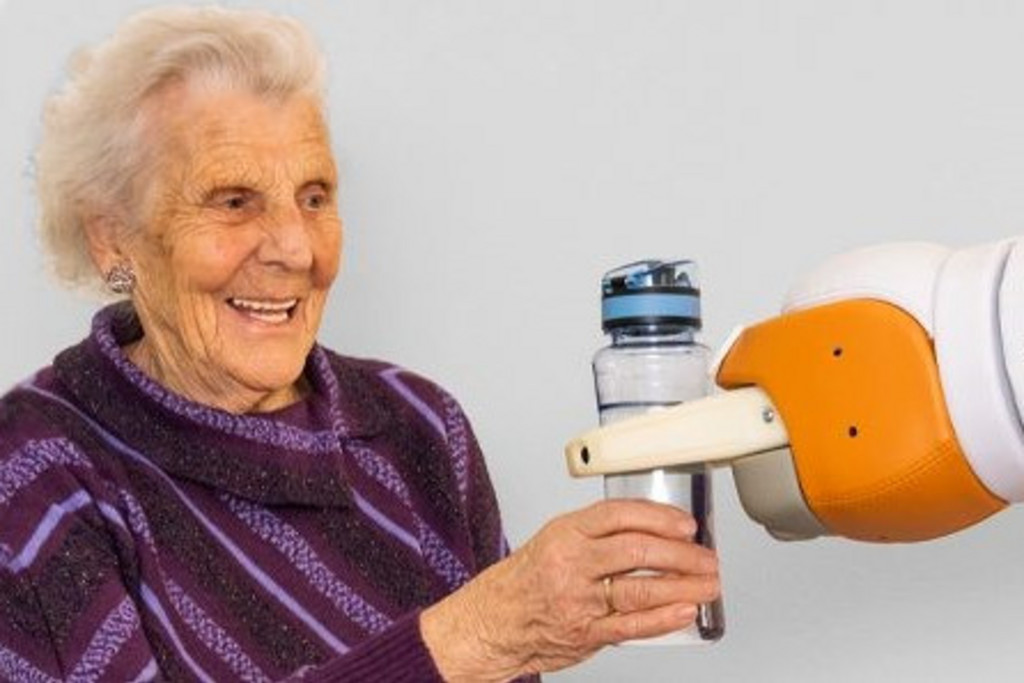
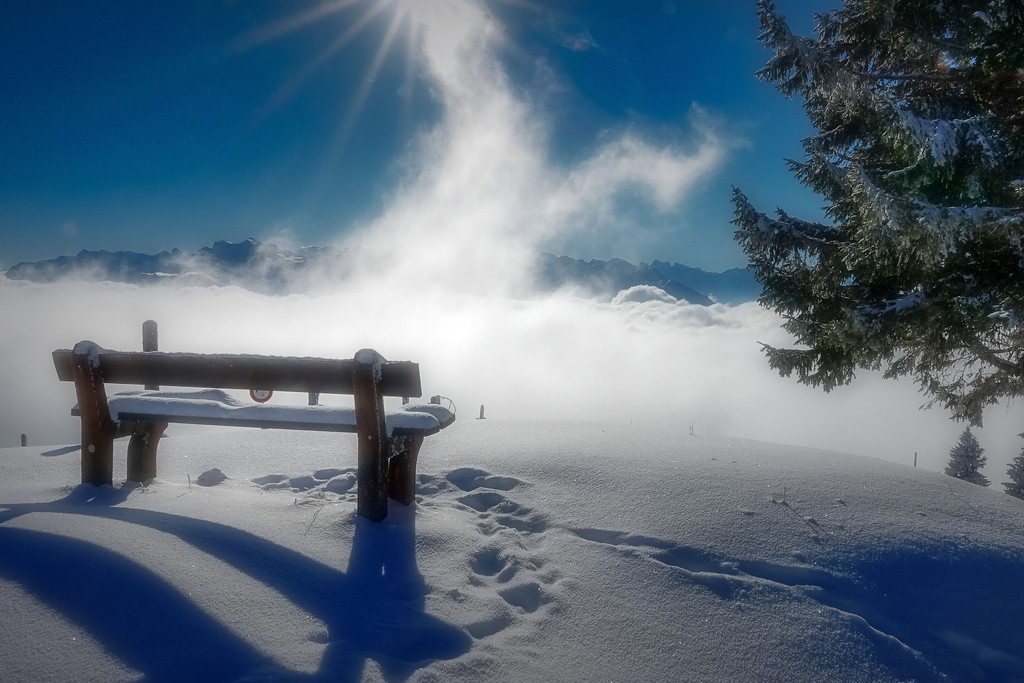
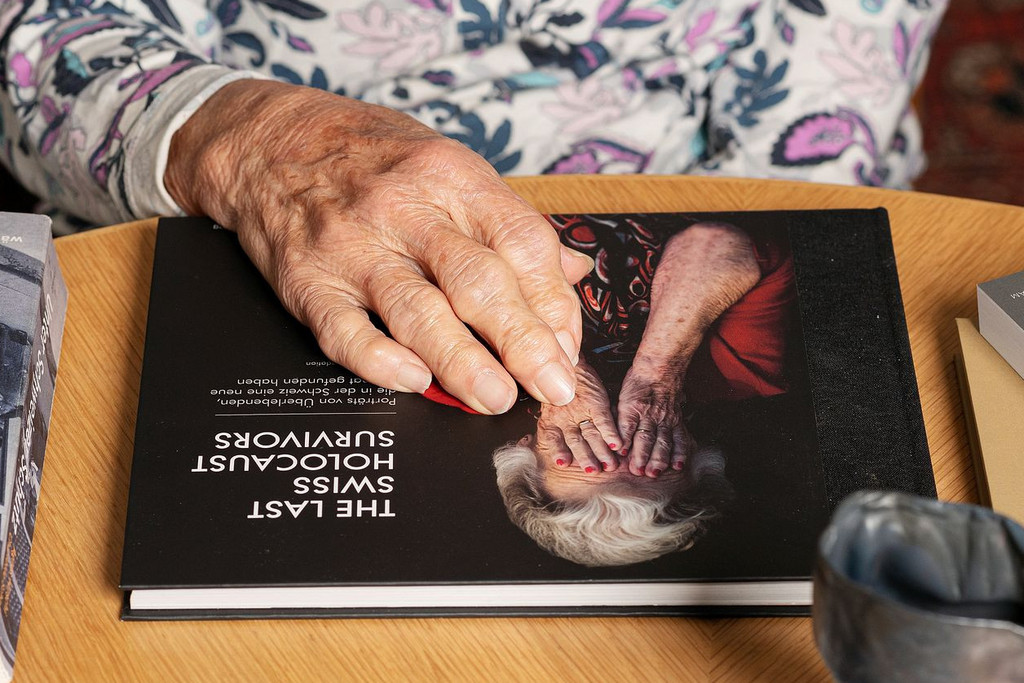
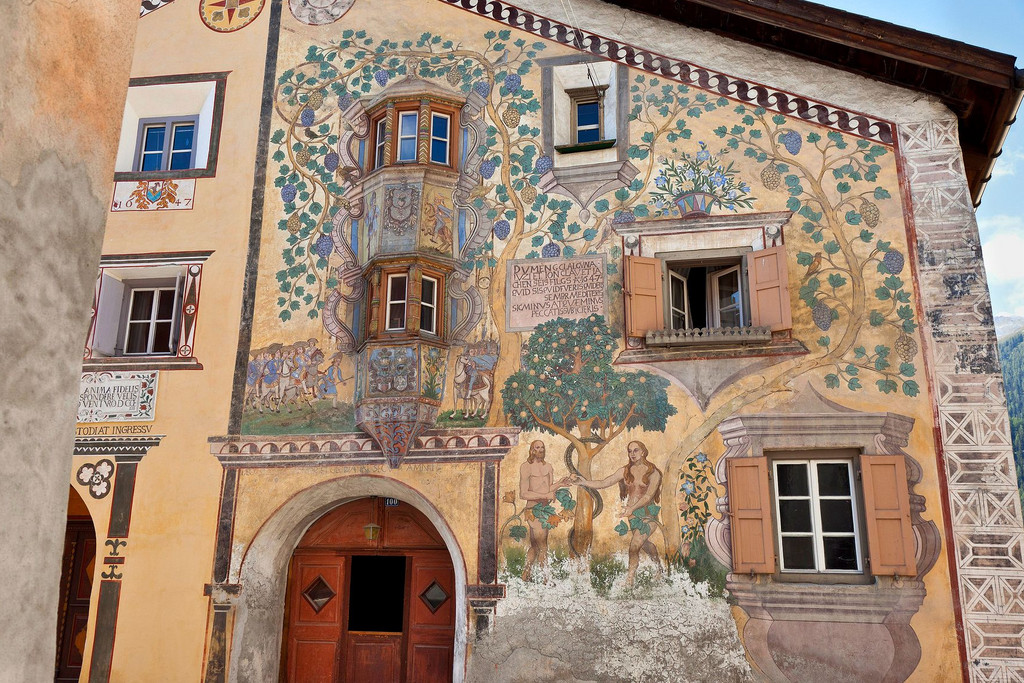
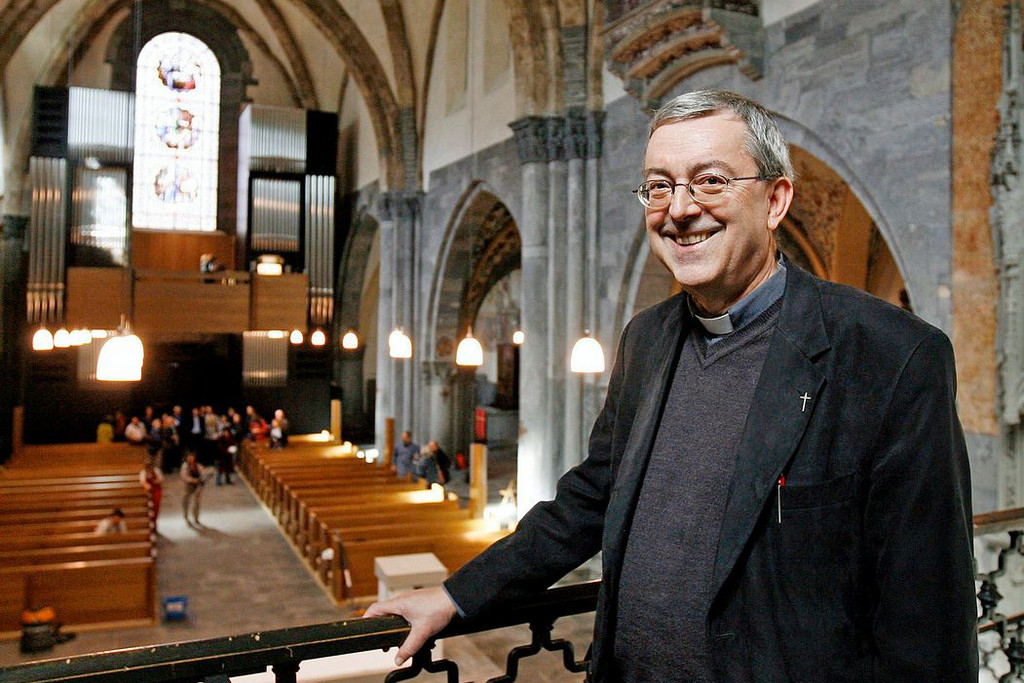
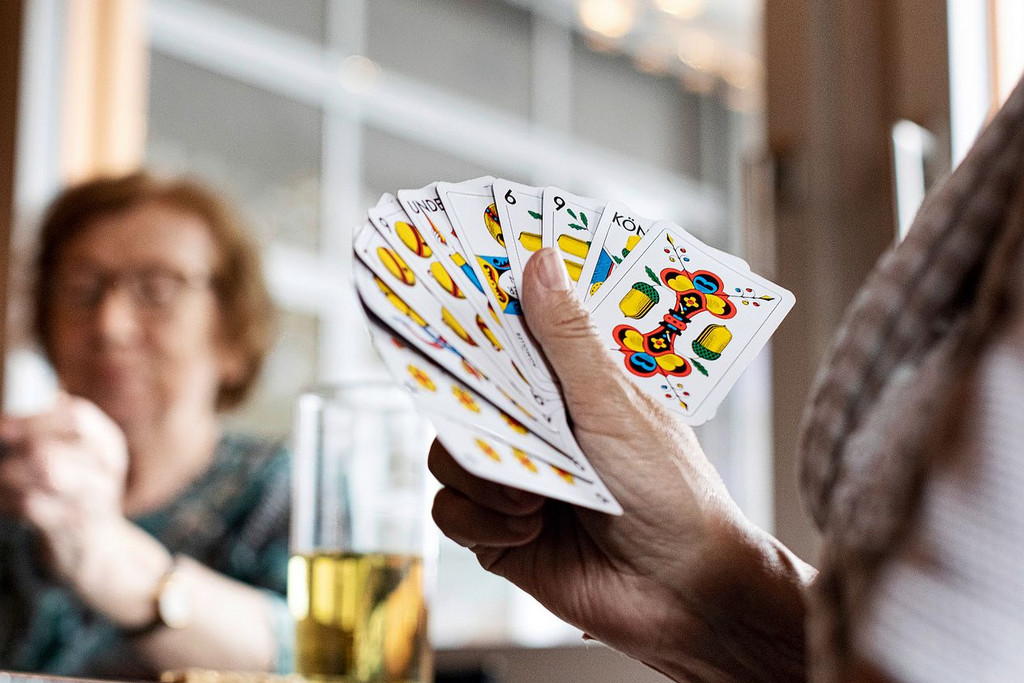

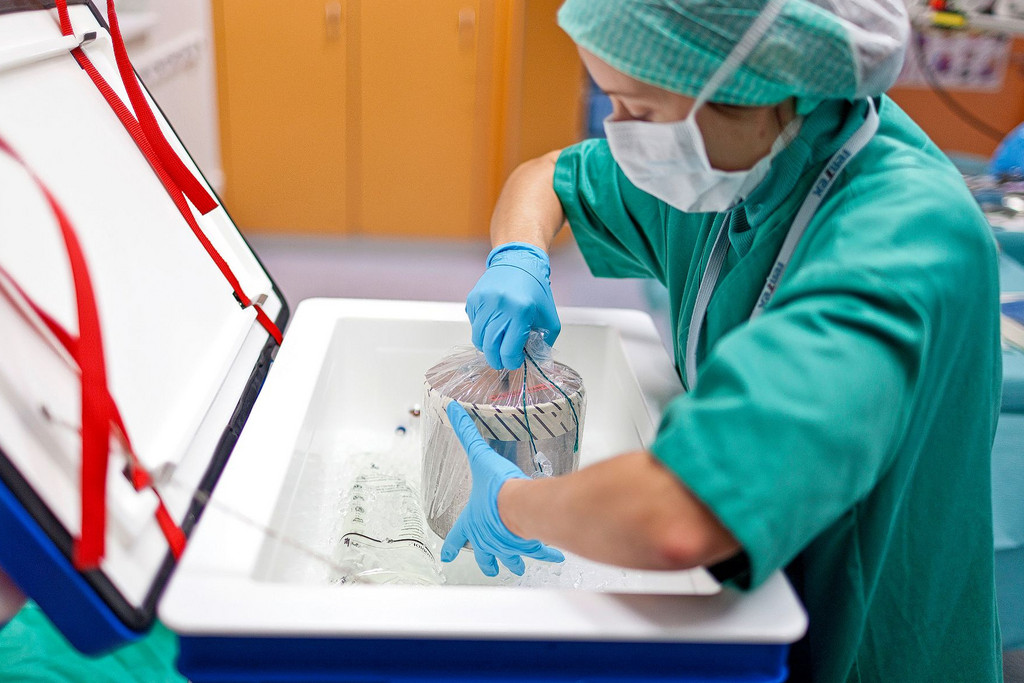



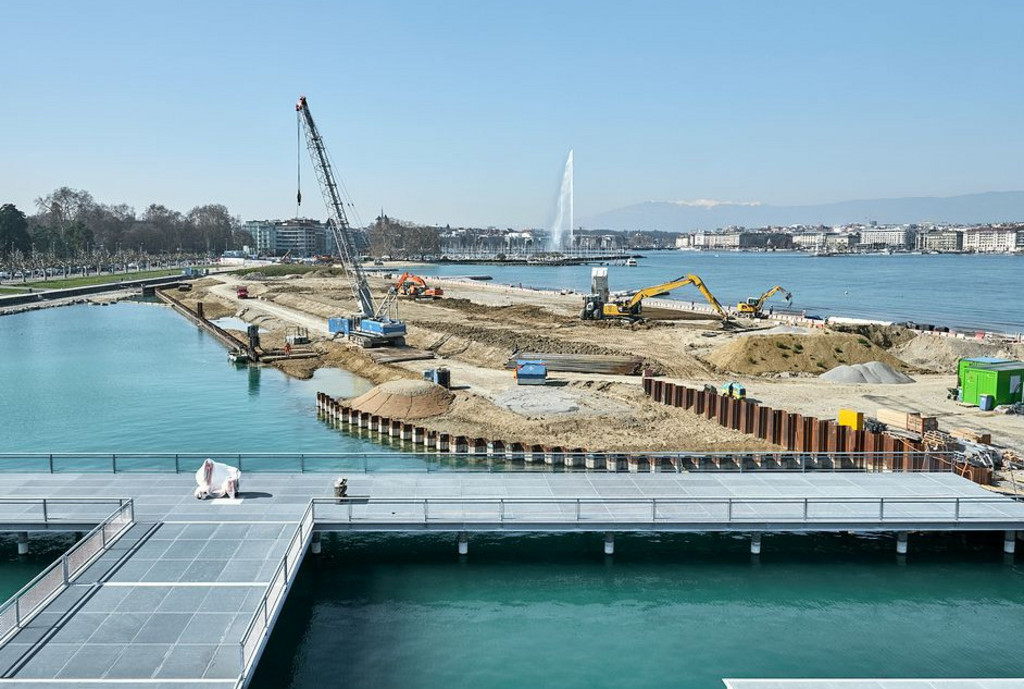
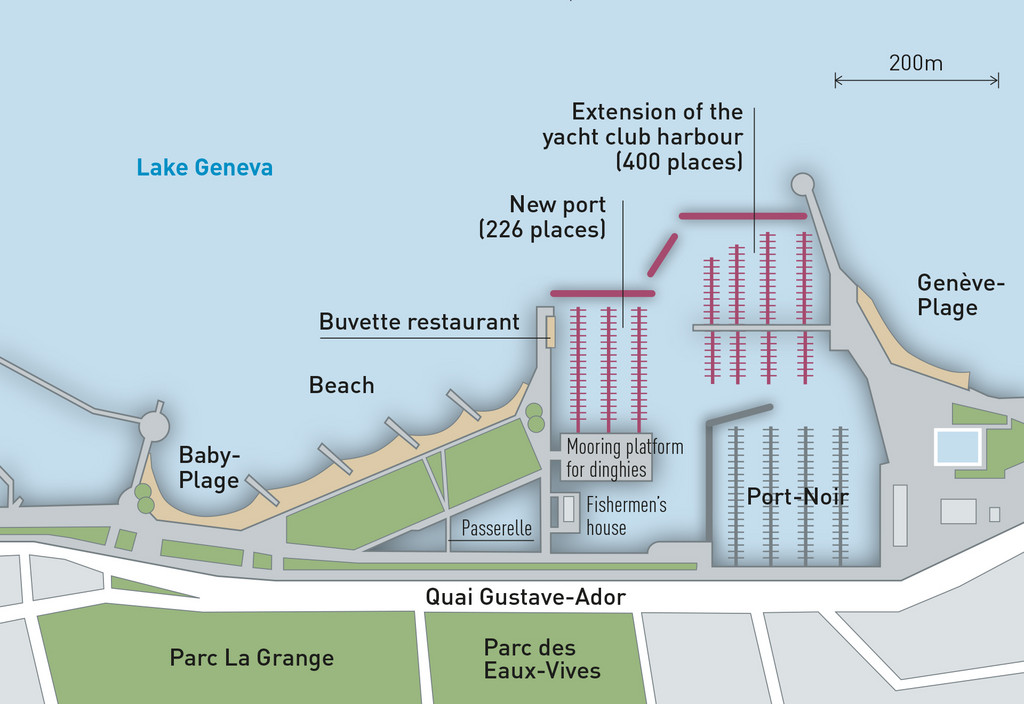
Comments
Comments :